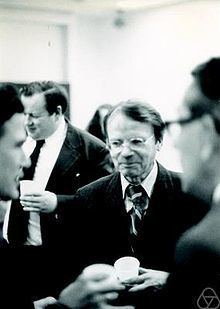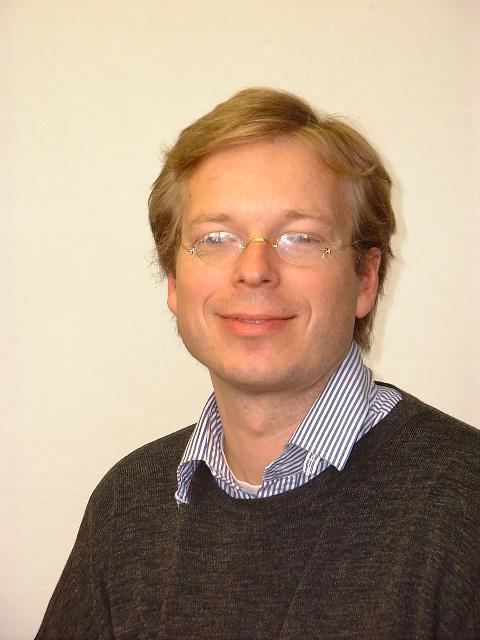Alma mater University of Kiel Name Wilhelm Klingenberg | ||
 | ||
Doctoral students Hans Werner BallmannUrsula HamenstadtWolfgang MeyerGudlaugur ThorbergssonWolfgang Ziller People also search for Detlef Gromoll, Peter Flaschel, Karl-Heinrich Weise Books A course in differential geometry, Lectures on closed geodesics, Riemannian Geometry, Selected Papers of Wilhelm, Eine Vorlesung uber Diffe | ||
Doctoral advisor Karl-Heinrich Weise | ||
Wilhelm Paul Albert Klingenberg (28 January 1924 Rostock, Mecklenburg, Germany – 14 October 2010 Röttgen, Bonn) was a German mathematician who worked on differential geometry and in particular on closed geodesics.
Contents

Life

Wilhelm Klingenberg was born in 1924 as the son of a Protestant minister. In 1934 the family moved to Berlin and was to join the German army in 1941. After the war, he studied mathematics in Kiel, where he finished his PhD in 1950 with Karl-Heinrich Weise in affine differential geometry. After some time as an assistant of Friedrich Bachmann, work in the group of Wilhelm Blaschke in Hamburg (including his Habilitation in 1954), and a stay in Rome (in the group of Francesco Severi and Beniamino Segre) he obtained a position in Göttingen (with Kurt Reidemeister), where he stayed until 1963. 1954/55 he spent a year in Bloomington/Indiana; during this time he also visited Marston Morse in Princeton. In the years 1956/57 and 1957/58 he followed invitations to the Institute for Advanced Study in Princeton. In 1962 he visited the University of California, Berkeley as a guest of Shiing-Shen Chern, whom he knew from his time in Hamburg. Later he was a full (C4-)professor at the Johannes-Gutenberg-Universität Mainz and in 1966 a full (C4-)professor at the Universität Bonn, a position he kept till his retirement in 1989.
Klingenberg married Christine Klingenberg née Kob in 1953 and has two sons and a daughter.
In 1966 he was an invited speaker at the quadrennial International Congress of Mathematicians, then held in Moscow (his talk was on "Morse theory in the space of closed curves").
Work
His area of work is geometry, especially differential geometry and Riemannian geometry. Besides many articles he published several books. One of his major achievements was the proof of the sphere theorem in joint work with Marcel Berger in 1960: The sphere theorem states that a simply connected manifold with sectional curvature between 1 and 4 is homeomorphic to the sphere.
